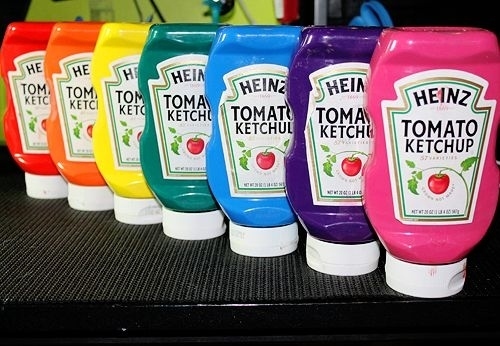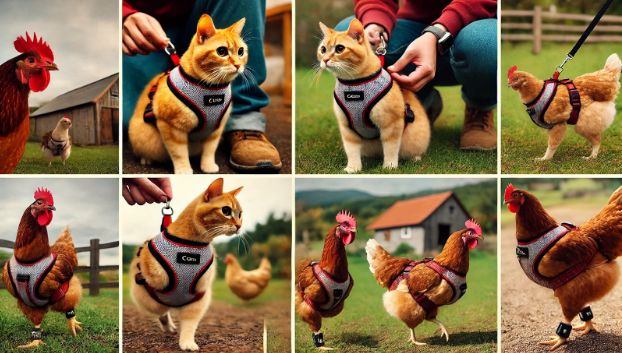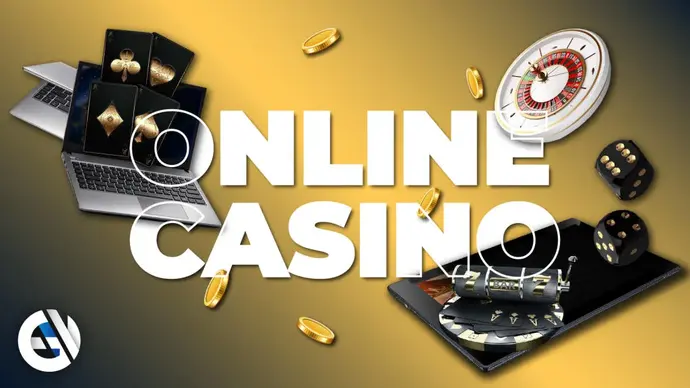
Blue Ketchup
Blue Ketchup has long been a beloved staple in households around the globe, typically found in its classic red form. However, in the late 1990s, a bold innovation hit the market: blue ketchup. This unusual condiment took the culinary world by storm, igniting debates, curiosity, and a bit of controversy. In this article, we’ll explore the origins of blue ketchup, its rise to fame, its cultural implications, and what happened to it in the years that followed.
The Origins of Blue Ketchup
A Culinary Experiment

The story of begins in 1998, when Heinz, the renowned condiment manufacturer, decided to shake things up. The company was known for its iconic red ketchup, but as the food industry became increasingly competitive, Heinz sought to introduce something new and exciting. The idea was to create a ketchup that appealed to children, capitalizing on their love for all things colorful and unconventional.
Heinz’s innovation was not merely about changing the color; it was about transforming the perception of ketchup itself. By creating the company aimed to attract a younger demographic and encourage playful eating experiences. The formulation maintained the same taste as traditional ketchup, but the blue hue was sure to catch the eye—and possibly the appetite—of kids and parents alike.
The Science Behind the Color
You might wonder how ketchup could be transformed from its classic red to a vibrant blue. The secret lies in food coloring. Heinz utilized a combination of natural and artificial colorings to achieve the blue shade while keeping the flavor intact. The blue ketchup was essentially the same tomato-based condiment that consumers loved, just dressed up in a new outfit.
This innovation sparked interest not only among children but also in the media. Food bloggers, chefs, and nutritionists took notice, sharing their opinions and experiences with the unconventional condiment. was a hit before it even hit store shelves.
Launch and Marketing Strategy
The launch ofwas supported by a robust marketing campaign that emphasized its uniqueness. Commercials showcased children enjoying their meals with the new condiment, encouraging parents to purchase it for their families. The tagline, “What if ketchup could be blue?” posed an intriguing question that invited consumers to step outside their culinary comfort zones.
Heinz strategically placed in grocery stores and promoted it through creative advertising campaigns that appealed to both kids and parents. The marketing efforts paid off, and soon became a must-have item in many households, especially among young families.
The Rise of Blue Ketchup
A Flavorful Sensation
When blue ketchup finally hit the shelves in 2000, it quickly became a phenomenon. Children loved the novelty of the blue color, and parents enjoyed the familiarity of the taste. The condiment was versatile, easily pairing with fries, burgers, and even on hot dogs. Its vibrant color made meals more fun, and many families reported that their kids were more enthusiastic about eating vegetables when they could dip them in blue ketchup.
This playful approach to food changed the way families interacted with their meals. Suddenly, mealtime was less of a chore and more of an adventure. Children were encouraged to express their creativity by experimenting with the colorful condiment, leading to the creation of -themed dishes that delighted both kids and parents.
Social Media and Cultural Impact
The emergence of coincided with the early days of social media, allowing consumers to share their experiences online. Parents began posting pictures of their meals, featuring the vibrant condiment, on platforms like Instagram and Facebook. The visually striking nature of made it a perfect subject for social media posts, which further fueled its popularity.
Food enthusiasts and influencers jumped on the trend, creating recipes and sharing creative ideas for incorporating into various dishes. The hashtag #BlueKetchup became a staple in food-related conversations, garnering attention from around the globe. This cultural impact extended beyond just a condiment; it sparked discussions about the nature of food, creativity in cooking, and the importance of playfulness in meals.
Challenges and Controversies
Despite its popularity, faced its share of challenges. Some parents were skeptical of the artificial colors and additives used to create the product. Health-conscious consumers began to question the nutritional value of blue ketchup, comparing it to its traditional counterpart. While Heinz maintained that blue ketchup was just as nutritious as regular ketchup, the concerns about additives and food coloring lingered.
Moreover, traditionalists who believed in the sanctity of classic condiments were less than thrilled about the blue version. Critics argued that ketchup should remain red, citing tradition and the appeal of nostalgia. These debates sparked conversations about the evolution of food and the balance between innovation and tradition.
The Downfall of Blue Ketchup
Declining Sales and Market Shifts
As quickly as blue ketchup rose to fame, it began to lose its appeal. Sales began to decline by the early 2000s, prompting Heinz to reevaluate its product offerings. The initial novelty wore off, and families that once embraced blue ketchup began to revert to traditional red ketchup. The novelty that initially attracted consumers started to fade, and many households opted for familiar flavors over adventurous choices.
Market shifts also played a role in the decline of blue ketchup. As consumers became more health-conscious, they gravitated toward products perceived as more natural and less processed. This trend posed challenges for blue ketchup, which relied on artificial colorings to maintain its unique hue.
The Decision to Discontinue
In 2006, Heinz announced that it would discontinue blue ketchup due to declining sales and changing consumer preferences. The company recognized that while innovation was essential, the market was moving in a different direction. Many consumers expressed disappointment at the news, as blue ketchup had become a memorable part of their culinary experiences.
Heinz shifted its focus back to its classic ketchup products, emphasizing quality and flavor rather than novelty. The discontinuation marked the end of an era, but blue ketchup remained a beloved memory for many who experienced its whimsical charm.
Lasting Impressions
Despite its relatively short lifespan, blue ketchup left a lasting impression on the food landscape. It challenged traditional norms surrounding condiments and opened the door for creative culinary expressions. The conversations sparked by blue ketchup about food color, creativity, and innovation continue to resonate in today’s culinary world.
The legacy of blue ketchup can still be seen in various forms. Many food companies continue to experiment with colors and flavors, drawing inspiration from the playful spirit of blue ketchup. Its influence can also be found in the growing trend of unconventional food presentations and the desire to make meals visually appealing.
The Cultural Legacy of Blue Ketchup
Nostalgia and Memory
For many, blue ketchup remains a nostalgic memory of childhood. It represented a time when food was more about fun and creativity than nutrition labels and dietary restrictions. Parents who introduced blue ketchup to their kids often share stories about the joy and excitement it brought to their meals.
This sense of nostalgia has led to discussions about how food can evoke memories and emotions. Blue ketchup symbolizes the power of culinary experiences to create lasting connections and the importance of fostering creativity in the kitchen, especially for young eaters.
The Influence on Food Trends
The rise and fall of blue ketchup also serve as a case study in food trends and consumer behavior. It illustrates how quickly novelty can capture attention, but also how swiftly it can fade. Food brands today can learn from this experience, recognizing the importance of balancing innovation with quality and sustainability.
Blue ketchup paved the way for other playful food innovations, from rainbow bagels to colorful ice cream. The trend of making food visually exciting has only grown, with restaurants and food brands increasingly focusing on aesthetics to attract consumers. The playful spirit of blue ketchup lives on in these modern culinary experiments.
Blue Ketchup in Popular Culture
The quirky nature of blue ketchup has not only influenced food but has also seeped into popular culture. References to blue ketchup can be found in social media posts, memes, and even discussions about food trends in television shows. This cultural resonance highlights the impact that a single product can have on broader conversations about food and identity.
Additionally, the notion of blue ketchup challenges the norms of how we perceive and interact with food. It invites consumers to question their preferences, embrace creativity, and think outside the box—ideas that are increasingly relevant in today’s diverse food landscape.
Conclusion: A Flavorful Experiment
Blue ketchup may have been a fleeting trend in the condiment world, but its impact is undeniable. From its bold introduction to its swift decline, blue ketchup challenged traditional notions of food and encouraged playful interactions with meals. It became a symbol of creativity, sparking conversations about the evolution of food and consumer behavior.
As we look back at blue ketchup, we’re reminded of the importance of innovation in the culinary world. While the blue condiment may no longer grace our tables, its legacy lives on in our memories, inspiring future generations to embrace creativity and explore the colorful possibilities of food. Whether you loved it, hated it, or simply found it intriguing, blue ketchup remains a fascinating chapter in the story of food innovation.







